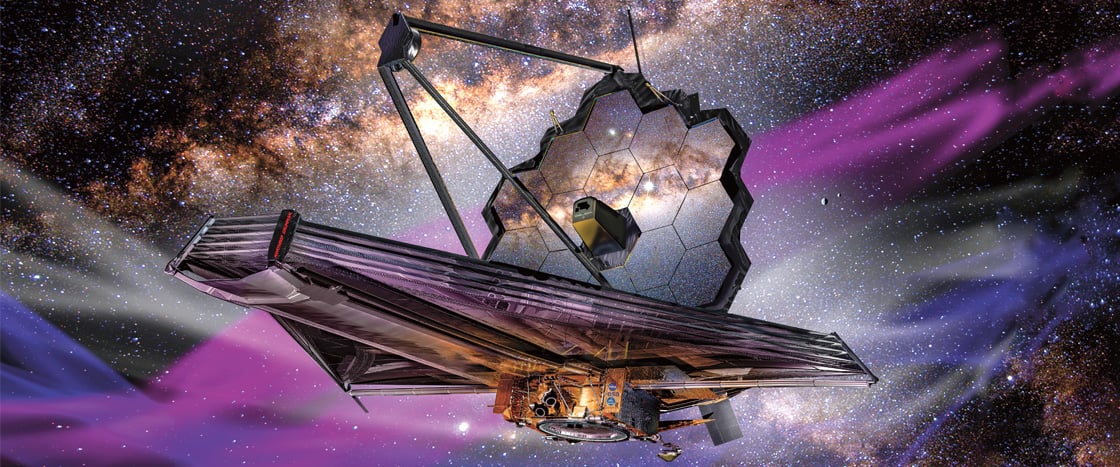On July 12, 2022, the U.S. space agency, NASA, released a series of colorful new images to the public (see Space Snapshots). One showed what looked like a jagged landscape against a glittering sky. Others showed gleaming stars, swirling galaxies, and glowing clouds of dust. Around the world, jaws dropped.
The stunning photos were taken by the James Webb Space Telescope. It’s the largest and most powerful telescope ever sent to space. Engineers and scientists from 14 countries built and tested the telescope over 30 years. It was launched into orbit on December 25, 2021.
Over the next decade, the telescope will take millions of pictures of deep space. It promises to transform our understanding of the universe, says Webb project scientist Klaus Pontoppidan. “It’s a discovery machine.”
The public saw a series of amazing images on July 12, 2022 (see Space Snapshots). The photos came from NASA. That’s the U.S. space agency. One pictured what looked like a jagged landscape. It was set against a sparkly sky. Another showed gleaming stars. Still others showed swirling galaxies and glowing clouds of dust. People around the world were in awe.
The James Webb Space Telescope took the stunning photos. It’s the largest and most powerful telescope ever sent to space. Engineers and scientists from 14 countries worked on the telescope. It took more than 30 years to build and test. It was launched into orbit on December 25, 2021.
The telescope will take millions of pictures of space over the next decade. They could change what we know about the universe, says Klaus Pontoppidan. He’s a Webb project scientist. “It’s a discovery machine,” says Pontoppidan.

